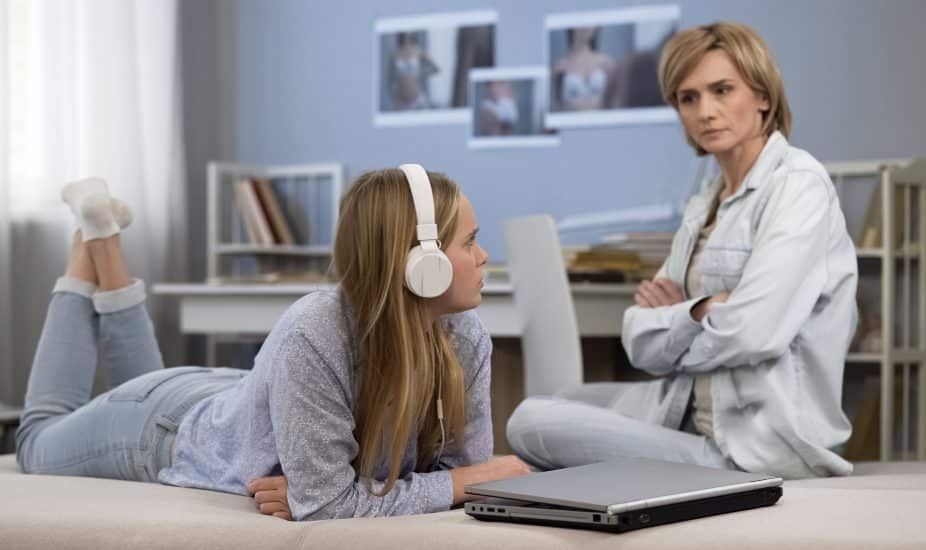Every kid who has a conversation about drugs and alcohol with their parents is better off. Better still if there are a series of ongoing discussions over the years.
But, there’s one important caveat to these important interactions — they need to be interactions.
No lectures or monologues — they have to be dialogues and conversations. Text messages don’t count, and neither do notes in their lunch bag.
Do you remember the way Charles Schulz depicted the way Charlie Brown’s parents sounded? Yeah — that was no joke, it’s reality.
When an adolescent feels like they’re being talked down to, lectured, or ‘taught,’ their brains turn off and the message is not received.
So don’t just have a monologue and pat yourself on the back. Share what’s on your mind, and then ask questions.
What kind of questions?
Questions that sound something like these:
- What do you think?
- What’s your perspective on…?
- What do some of your friends think about…?
- What have you seen discussed on social media about…?
This is why we provide guidance for leading discussions. We want kids to process for themselves, to talk out loud, to hear from their peers, and to have the opportunity to form their own thoughts. We want them to hear the perspective of their teachers, too.
So, if you’re a parent, remember — it’s up to you to start these conversations.
They need to happen over the course of growing up — not just once. And, they aren’t one-sided conversations, either. They need to go both ways.
Wait for their response, and give them the opportunity to feel safe enough with you to share their true feelings. Rather than shut them down or disagree with them right away, take a few moments to pause, reflect on their words, and then respond with curiosity and a neutral tone of voice.
If you’re a teacher, don’t just show your students a video! It’s all about the moments you carve out for reflection, discussion, and interactive activities that make our curriculum come alive and become even more relevant.

